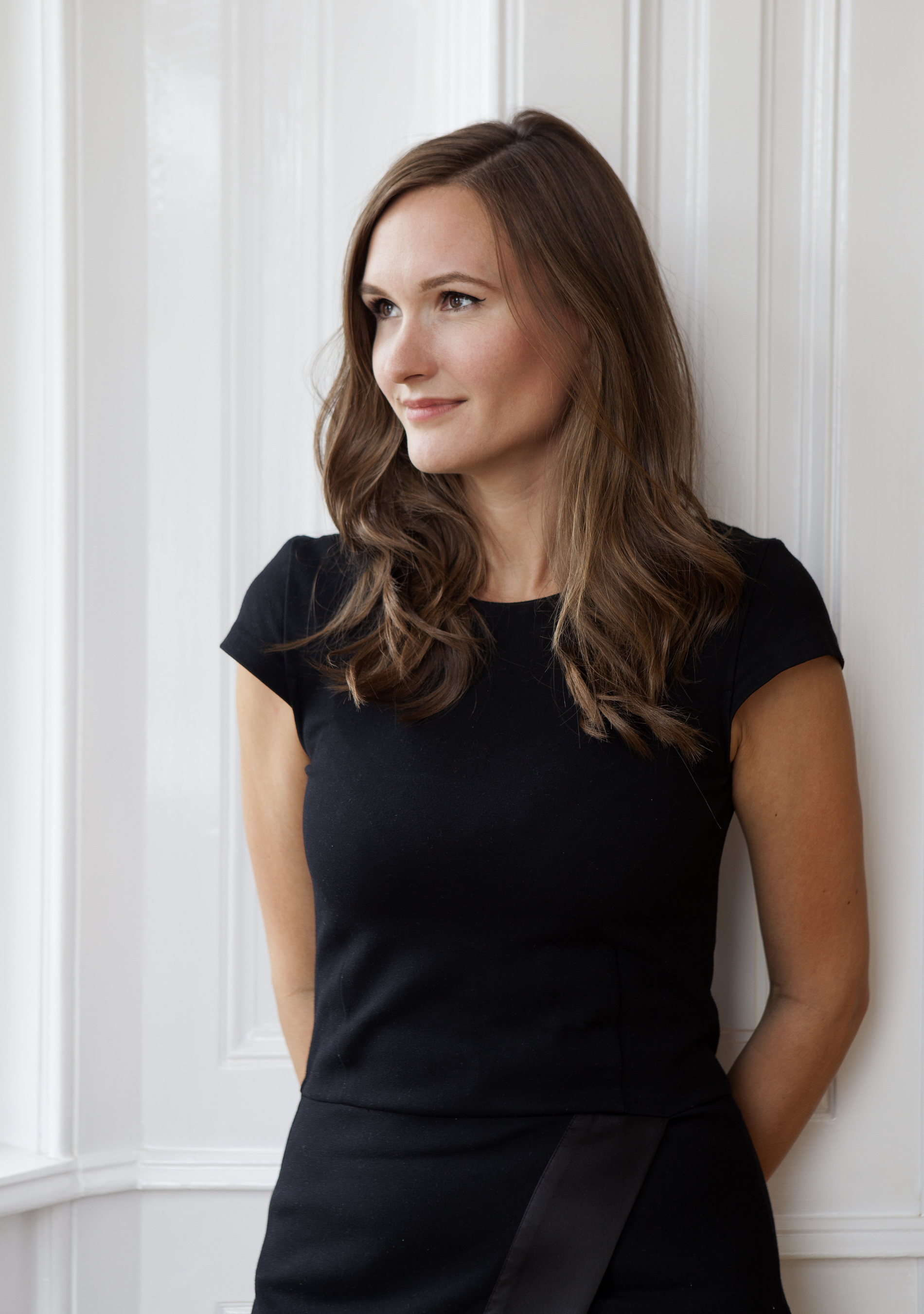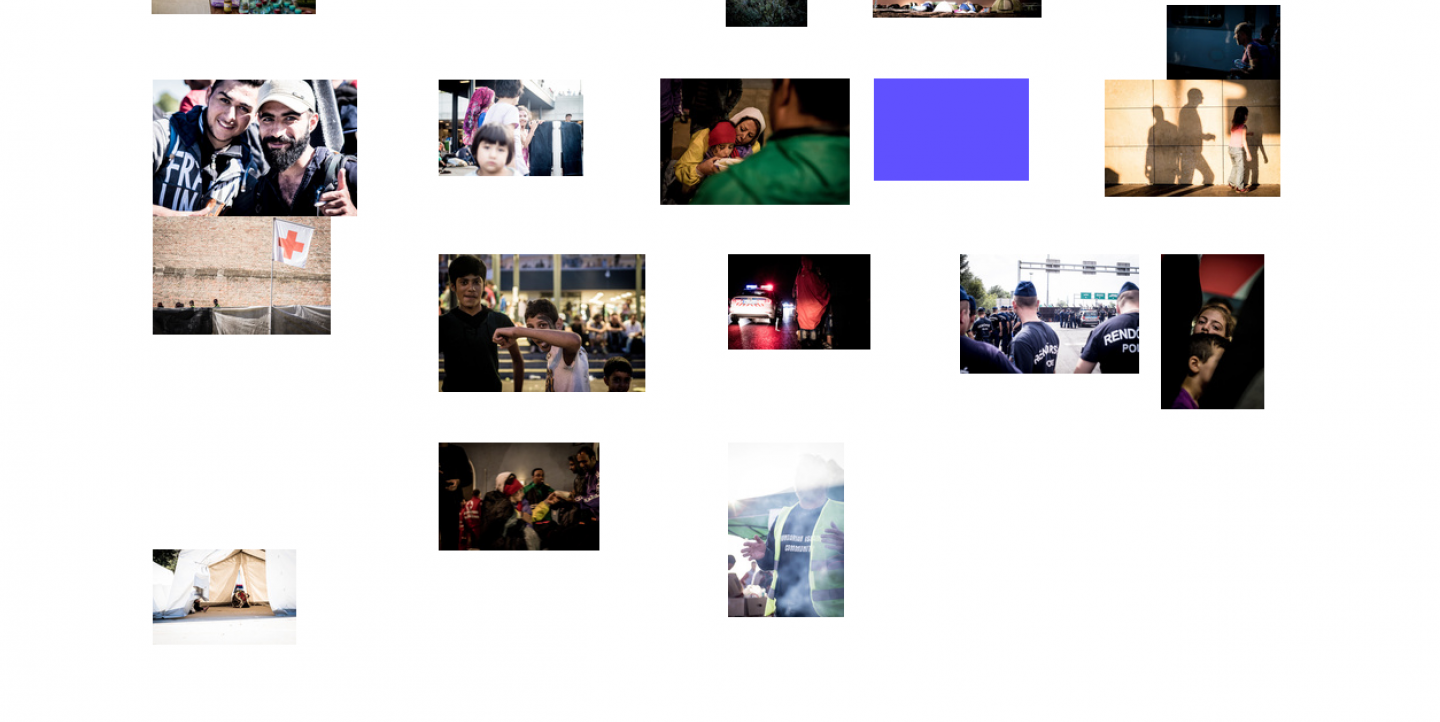After studying art history in Vienna, founding the successful Viennese art blog “art and signature” in 2013 and writing for various art magazines, IJNet talked with Sabrina Möller about her newest project, an online art magazine called keen on, which published its first issue “keen on protest” in July 2016:
IJNet: Keen on is a very unconventional art magazine. How did you first pitch the idea to a potential investor?
Möller: I think it is time for a new type of arts journalism on the internet. In the age of digitalization, there is a clear need for new formats which can do justice to our new zeitgeist and usage habits. Current online sites and blogs only use a small fraction of the opportunities the internet has to offer.
Keen on is a monothematic periodical magazine with substantiated articles and interviews with and by international renowned curators, critics and artists. Each issue is visually developed from scratch in accordance with the topic, where animated and newly developed design meets animations, videos, sounds, articles, interviews and photo galleries. All of this happens in a close collaboration with the artists. As keen on lets the reader visually experience the topics of each issue, we set new standards for online art magazines.
How was keen on implemented technically? Were you able to rely on existing tools?
When we begin to develop a new issue we always start with a blank page. Down to the individual article, everything in the issue — layout, typography, animations, videos — is tailored to the topic and the individual contents of the artists. We work very closely with the people from Studio Es in Vienna, who are able to develop a new visual vocabulary to create a novel experience for the reader in each issue.
There are already some tools that facilitate the subsequent implementation. Also, to code a page that can integrate the corresponding elements is no witchcraft anymore. However, the focus of keen on is not on the technological component but instead on innovative, contemporary design.
If you're keen on #attention, you should check out our second issue 'keen on attention' >>> https://t.co/eRObVkgJtW <<< It's pretty #sexy! pic.twitter.com/5HdA5fu9aO
— Sabrina Möller (@sabrinaatvie) October 11, 2016
With keen on you don’t click from article to article but “browse” through the magazine using “infinite scrolling,” confronting the reader with articles, photo galleries and so on. How does the reader react to this?
Infinite scroll is already known from blogs and their chronologically-ordered articles. Our issues however are structured around a monothematic topic and our content is much more animated, because of the interactive design.
Via media the reader is confronted on different levels with visual content, which narrows our target group mostly to “digital natives.” And they love the design and usability. But it’s still very interesting to see that reactions vary on a regional level: We get phenomenal feedback from London and the U.S. However, in Austria — which is weaker positioned online — readers occasionally feel more challenged.
 How is keen on financed?
How is keen on financed?
We have woven in some advertisements, although very discreetly, because we want advertisements to fit to the content of each issue. Ads must have added value for the reader. We created full screen video-advertisements for museums and institutions: three- to four-minute interviews with artists and curators on current exhibitions. This is more honest and interesting than content marketing, which is used very opaquely by many online magazines.
Financing the project at this early stage is a big challenge. The costs of this format are much higher than that of more traditional magazines. Right now we are talking to potential sponsors and brands, which support art through their corporate cultural responsibility program and have recognized the potential of young online concepts.
Do you have any concrete goals you want to accomplish with keen on in the coming year?
Art magazines are still a niche and with all likelihood, this won’t change in the future. But of course we want to expand our readers internationally on a constant level. With our focus on upcoming artists, who define the internet as their medium, we want to become one of the leading avant-garde art magazines in the long run.
Do you have any tips or lessons learned you could pass on to fellow media startups?
You have to be patient with everything you develop online. … You should have a sufficient bankroll for the development phase — or at least a successful crowdfunding campaign. It is a big challenge to finance online magazines and therefore it is important to grow slowly. Try hard to keep your fixed costs low. Chose quality over quantity. Invest in the right places: SEO, technology and a unique concept.
Create a brand that you feel confident with and be present on all social media channels: Twitter, Facebook and Instagram are by now an essential part of an online magazine. Use them to build a readership and reach potential partners already during the development phase. And to conclude: create unique, well-researched content — because there are already too many copy-paste formats out there.
This interview has been edited and condensed for length and clarity.
Main image is a screenshot of "keen on protest." Secondary image of Sabrina Möller courtesy of Möller. Video courtesy of keen on.

